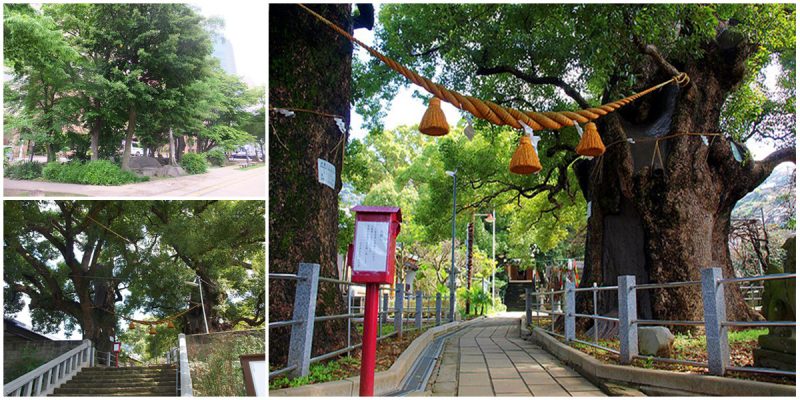At the end of World War II, on August 6th, 1945, an atomic bomb was dropped on Hiroshima. The bomb wiped out 90 percent of the city, killing 80,000 people immediately, and eventually contributed to the death of at least 100,000 more. A second bomb was dropped on Nagasaki on August 9th. Buildings are lifeless structures that became cold and hollow over time, but a miracle that survived the horrors are the “Hibaku Jumoku” trees (Survivor Trees ).
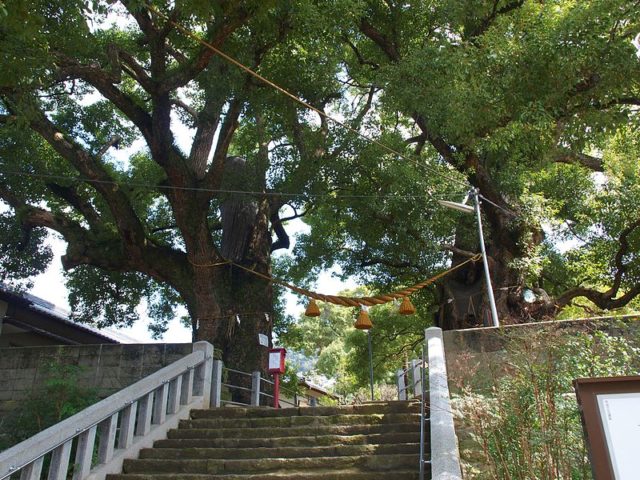
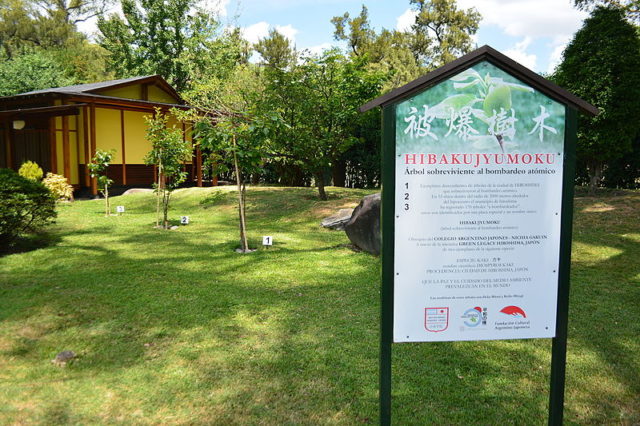
After the war, many of those trees were replanted or preserved in 55 locations within a 2km radius of the bomb’s epicenter. According to Hiroshima and Nagasaki: The Physical, Medical, and Social Effects of the Atomic Bombings, plants suffered damage only in the portions exposed aboveground, while portions underground were not directly damaged. Consequently, the root and the underground stalk survived and the tree grew back, even where the above ground portion was completely burned away.
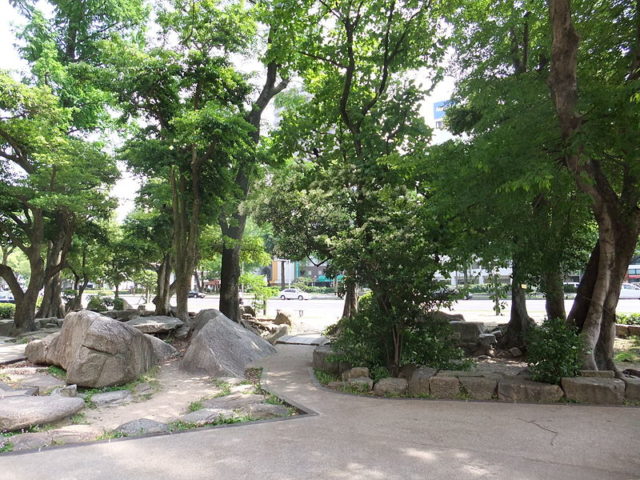
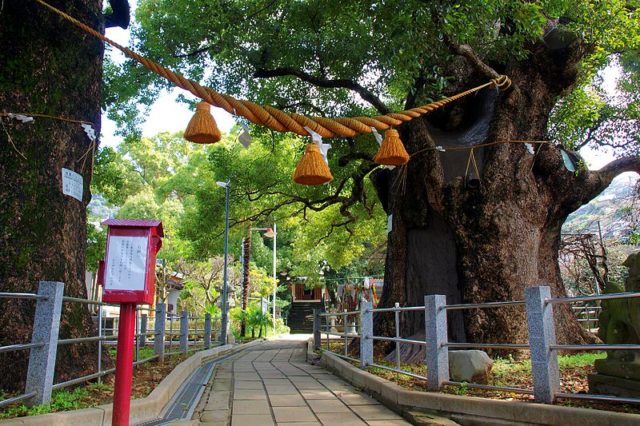
According to the City of Hiroshima, there are about 170 survivor trees representing 32 different species. The rate of regeneration differed by species. Active regeneration was shown by broad-leaved trees. The tree closest to the hypocenter is a Weeping Willow, which stands 370 meters away from the blast site. The willow tree fell when the bomb hit, but its roots survived and soon new buds sprouted.
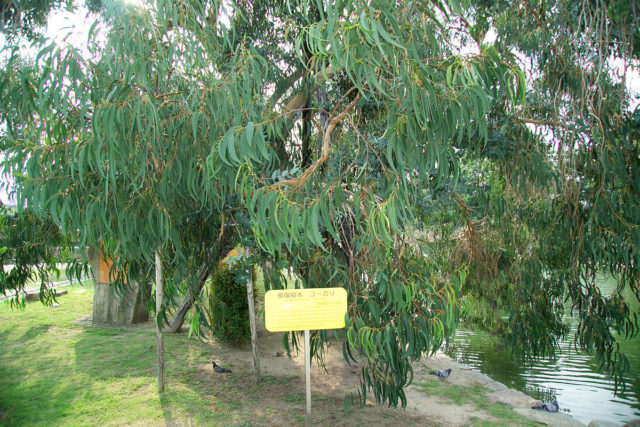
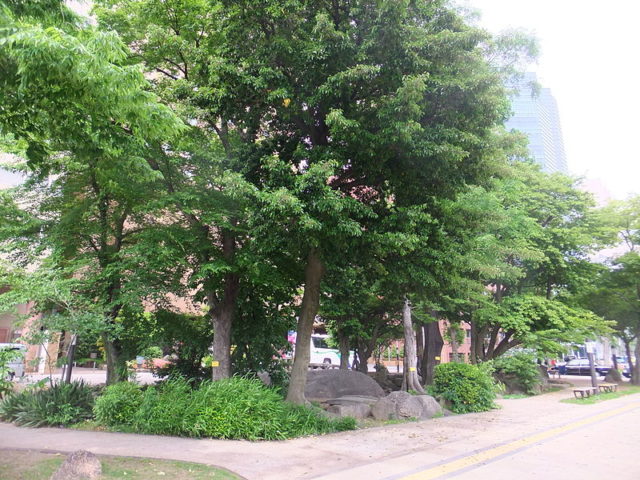
Today, Hiroshima is a green and vibrant city. Many of the trees that were planted in the city after the war were gifts from overseas donors and donors from other parts of Japan. Recently, an initiative was launched, called Green Legacy Hiroshima, through the auspices of UNITAR to help spread the seeds of Hiroshima’s A-bomb-surviving trees around the world.
